Pump control cabinet: types, connection diagrams, overview of popular models
Maintenance of an autonomous water supply system includes control over pumping equipment and serviceability of communications, conservation of the network during a long absence, rational automatic control.
Automation is easy to implement by installing a pump control cabinet in a designated location, a compact distribution station that operates in several modes. We will tell you in detail how to correctly assemble and install it. Following our tips, you can correctly connect the equipment.
We have given a standard complete set of a control cabinet. We described what additional functions can be installed and used. The information proposed for consideration was supplemented by useful illustrations and videos.
The content of the article:
Appointment and complete set of SHUN
The technical stuffing of different models is different, since the control points have an individual functional orientation.
Manufacturers offer ready-made standard schemes, but they do not always meet specific requirements, so there is such a service as custom-made control unit manufacturing. To begin with, we will try to consider common positions that unite all models.
Functional responsibilities of the control cabinet
The main function of any distribution station is to organize the operation of equipment connected to it, in this case, pumping equipment. From one control panel (and this is convenient if the distance between the objects is large), control over the motors of drainage, surface, and borehole pumps is effectively carried out.
The number of connected units may vary. Minimum connection - one downhole or submersible pump, which delivers water and provides it with the presence of the entire water supply system (heating, fire fighting).In addition to it, a drainage pump is connected, which is necessary for pumping water in domestic and emergency situations.
Automatic on / off pumping engines makes life easier for owners of a private home, allowing them to spend free time with their families, rather than manually switching toggle switches.
A few more convenient functions that can be "entrusted" to automation:
- monitoring the voltage in the network necessary for the smooth operation of the equipment;
- protection of mechanisms from power outages and short circuits;
- monitoring the water level in the well (or other reservoir) and responding to its lack;
- fixation of pressure surges and adjustment of optimal parameters (engine stop when a critical level is reached, start when indicators are equalized)
- remote control of borehole pumps, direct access to which is impossible;
- load distribution between several units or emergency connection of a fallback.
As a result of centralized automatic control work of pumping stations becomes more productive, and the life of electrical equipment increases markedly. Modern electronic systems allow you to program mechanisms and turn them on in a convenient mode (for example, only in the daytime).
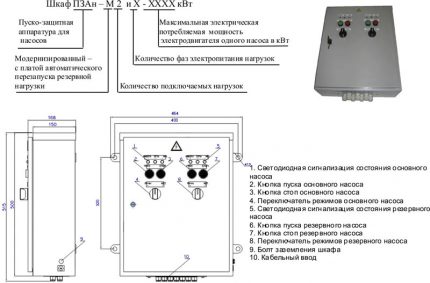
All failures are recorded, and an alarm is triggered during an emergency. On the material side - saving energy costs and, accordingly, reducing electricity charges.
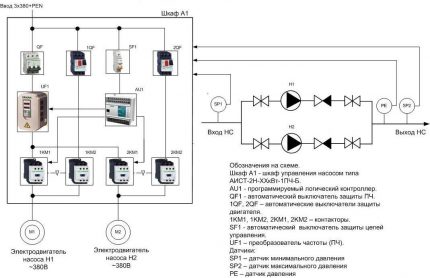
Short description of standard equipment
The presence of certain elements depends on the number and category of pumps, narrow or wider technical capabilities, and the availability of additional functions.

The basic equipment for most models for sale is as follows:
- A rectangular metal case with a control panel located on the front side. The design of the panel may vary, but there must be indicators and buttons such as "Start" or "Stop" on it.
- A switch (one or more) that allows you to turn on / off the pump in manual mode.
- Fuses and protection elements.
- A control unit that controls the voltage of three phases.
- Frequency converter needed to control an induction motor.
- Automatic adjustment unit responsible for planned and emergency shutdown of equipment.
- A set of sensors showing the pressure and temperature of the water.
- Thermal relay.
- A set of bulbs - light alarm.
The main functions incorporated in the control unit depend on several factors. For example, if there are 2 pumps, the primary and secondary (backup), a program is installed that allows you to turn on both mechanisms alternately.
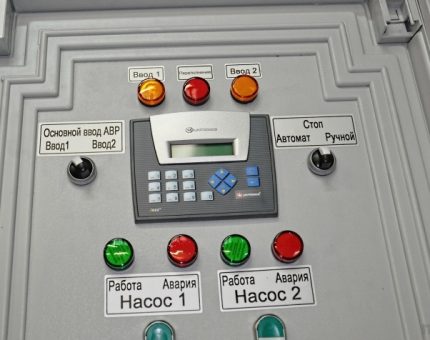
The temperature sensor protects the equipment from overheating and running in dry running mode (the likelihood of a similar situation often occurs in wells with insufficient flow rate). Automation stops the operation of the equipment, and when favorable conditions for water intake occur, it again turns on the engine of the connected pump.
Devices for protection against power surges, phase failure, improper connection protect the mechanisms and do not allow them to work in emergency mode. They adjust the network parameters, and only after alignment of indicators automatically connect the equipment.
The overload protection functions in approximately the same way. For example, there is a ban on the simultaneous activation of two pumps, which leads to unnecessary costs and wasteful use of equipment.
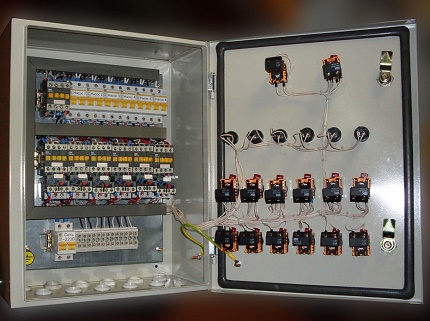
Suppose if one pump fails, it can be removed without hindrance and sent for repair by turning off the automation and using manual control.
Additional options and features
Various manufacturers include additional features in the core kit that expand management capabilities. For example, Alta Group offers an ABP system - turning on backup power in automatic mode. The need for this function is explained by the fact that the work of the pumping station is part of the life support system of the house, therefore, the network must operate in a constant mode.
The principle of operation of the ATS is as follows: as soon as the main power stops, the backup network is automatically entered. It is valid until the resumption of the main source.
When it is turned on, the intelligent system checks the optimality of the parameters, and only with a positive response does it reconnect the main network. If the test analysis is unsatisfactory, the system will continue to operate from a backup source.
Low temperatures and high humidity are the enemies of the electronic filling of the cabinet, so manufacturers offer the service of additional insulation. It is relevant for the northern regions and for any areas if the equipment is on the street.
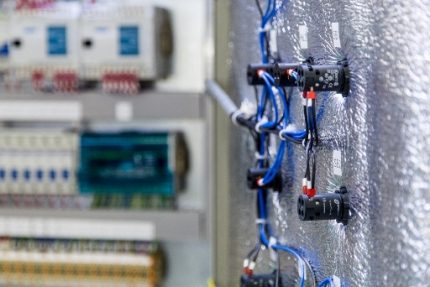
A fairly common addition to protect pump motors from overload is a soft start system. It consists in a neat, gradually increasing voltage supply mode, due to which the engine is protected from a sharp start, is put into operation slowly and carefully.
Modern dispatch function allows you to manage pumping stations on distance. Remote warning systems are constantly connected to GPRS, a radio modem or the Internet, due to which, in an emergency, the blocking system immediately turns on and the signal is transmitted to the receiving device (phone or laptop).
A convenient option that allows you to specify a specific program is possible through the use of a controller. It is automatically able to independently affect the operation of the pumps, connect additional devices, optimize the functioning of the system as a whole.
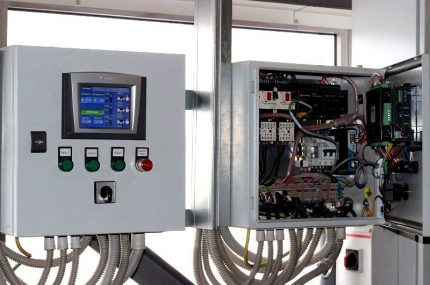
Another good option that allows you to get information about a system shutdown or emergency situation is the installation of a light alarm and a siren. When force majeure occurs, the flashing beacon lights up in bright light, and a special sound device emits a loud repeating signal.
Samples of electronic technical wiring diagrams
The equipment is assembled in a production environment, in the same place are drawn up circuit diagrams of the pump control cabinet. The simplest are the connection schemes for a single pump, although a set of additional devices can complicate the installation.
Take SUN-0.18-15 (company Rubezh) as a sample, designed for manual and automatic control of electric drives of a pumping station. The control scheme is as follows:
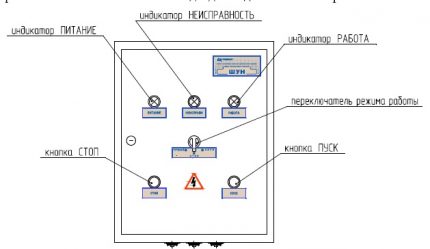
The manufacturer implements 19 basic versions, which differ in the electric power of the pumping station - from 0.18 kW to 55-110 kW.
Inside the metal case are the following elements:
- automatic switch;
- protection relay;
- contactor;
- backup power source;
- controller.
A cable with a cross section of 0.35-0.4 mm² is required for connection.
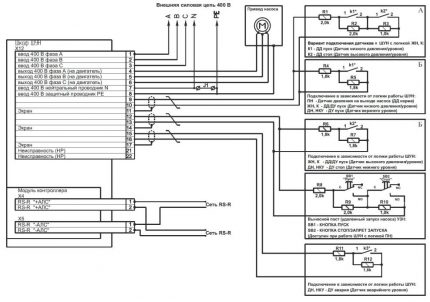
Shunts of the Grantor intended for drainage works operate asynchronous motors and have two control options: manual and automatic. Manual adjustment is made from the front panel of the case, the automatic one operates from external relay signals (electrode or float).
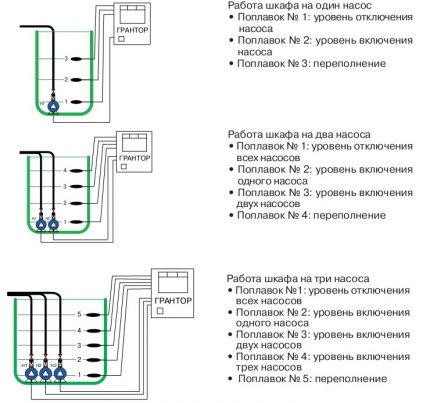
The principle of operation of the SHUN in automatic mode: with a critical decrease in the water level in water well and operation of the float No. 1 stops the operation of all pumps. In the normal state of the liquid level, float No. 2 fires and one of the pumps starts. When other floats at higher levels are triggered, the remaining units are introduced.
Features of the installation of monitoring stations
Without exception, all versions of SHUN are complex devices that operate on an electrical network, which means that it is necessary to install, commission, maintain and repair equipment according to the manufacturer's instructions. The rules set forth in the instructions of various models may vary, since the design of the mechanisms and technical characteristics are also different.
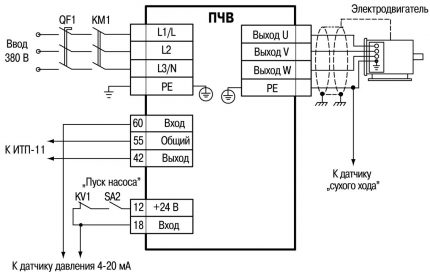
A few general important rules:
- Installation is carried out in a zone protected from explosions.
- The temperature and humidity in the room must comply with the parameters specified by the manufacturer (for example, temperature from 0ºС to + 30ºС).
- Electrical equipment must be connected by a person with special approval.
- ShUN parameters must match the parameters of all connected equipment.
- Installation is carried out in accordance with the circuit diagrams given in the appendix to the instructions.
- The cable cross-section must match the data indicated in the instructions.
Household control stations located in the private sector are subject to the same requirements as production control points. They must be installed in a dry and warm place, convenient for maintenance. This can be a ground floor, a specially designated room, an extension to the house or a secure utility room.
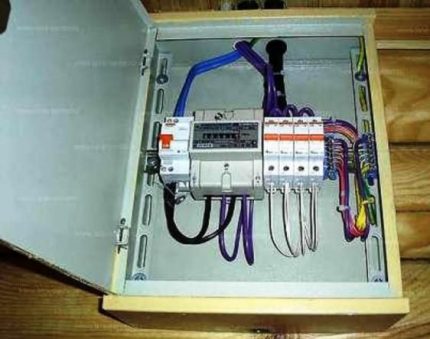
Connection should be made after fully water supply system installeda pressure pipeline has been brought in, cables have been laid, components have been assembled, all electrical elements have been insulated. Having connected the SHUN, it is necessary to check its operation in both manual and automatic mode.
Technical support and service
Some control cabinet companies claim maintenance is not required. This is true, but regular monitoring of the control unit by the operating organization is necessary. There is a frequency established by the manufacturer, and for the proper operation of all devices it must be followed without fail.
Before inspecting or replacing any parts, disconnect the voltage and block the equipment from being switched on again. You can independently check the reliability of the connections. The list of potential malfunctions, as well as possible solutions to them, is usually also indicated by the manufacturer.

For example, a simple malfunction - a light does not light up, signaling that the system is connected to an electric cable. Three reasons are possible: there is no voltage in the network, it is broken circuit breaker or a blown lamp. Accordingly, the solution to the problem is to supply voltage, replace the switch or lamp.
If there is a malfunction that cannot be resolved on your own, it is necessary to contact a service center.
A brief overview of popular models
Although there is the possibility of manufacturing custom-made SHUN, many companies offer basic models. Their assembly is carried out, focusing on consumer demand. We offer a brief description of cabinets that can be purchased or ordered on the official websites of companies or in online stores.
SHUN Grundfos Control MP204
Grundfos Control MP204 control cabinets are designed for automatic operation and protection of a single pump.
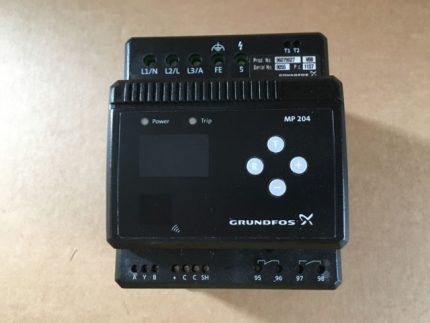
Specifications:
- Voltage - 380 V, 50 Hz
- Engine power of connected equipment - from 1.1 to 110 kW
- Temperature range - from -30 ° С to +40 ° С
- Degree of protection: IP54
The advantage is the ability to transmit CIU data and adjust parameters via Grundfos GO.
SUN from NPO STOIK
Stations of control of pump units (SUN) from the NPO STOIK company. Designed for automatic control of submersible water intake and drainage pumps, capable of serving from 1 to 8 connections.
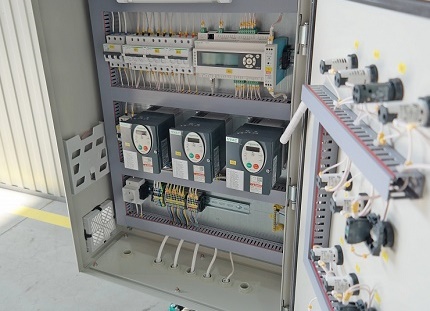
Specifications:
- Voltage - 380 V, 50 Hz
- Engine power of connected equipment - from 0.75 to 220 kW
- Temperature range - from -10 ° С to +35 ° С
- Degree of protection: IP54
Among the basic functions is the automatic inclusion of ventilation if the temperature inside the cabinet rises above normal.
Cases from the brand Grantor
Multifunctional cabinets of the Grantor brand are designed for servicing circulating and drainage systems.

Specifications:
- Voltage - 1x220 V or 3x380 V, 50 Hz
- Engine power of connected equipment - up to 7.5 kW per engine
- Temperature range - from 0 ° С to +40 ° С
- Degree of protection: IP65
In the event of an emergency and breakdown of the pump motor (due to a short circuit, overload, overheating), the equipment is automatically turned off and the backup version is connected.
Cabinets Wilo SK
Wilo SK-712, SK-FC, SK-FFS ranges are designed to control several pumps - from 1 to 6 units.
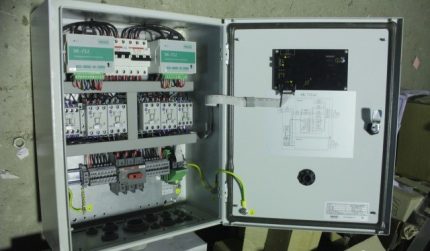
Specifications:
- Voltage –380 V, 50 Hz
- Engine power of connected equipment - from 0.37 to 450 kW
- Temperature range - from + 1 ° С to +40 ° С
- Degree of protection: IP54
During operation, all technological parameters are displayed. In the event of an emergency, an error code is displayed.
Conclusions and useful video on the topic
You can learn more about how the pump control cabinets function from the following videos.
How to make the simplest SHUN with your own hands:
An example of the operation of a typical SHUN at a test bench:
The use of pump control cabinets makes it possible to efficiently use the resources of downhole or drainage equipment and save energy. Knowing the technical characteristics of your pumping station, you can purchase the basic SHUN model or make an order according to an individual scheme.
Do you want to share your own experience, tell us how you assembled, installed and connected the pump control cabinet? Do you have interesting information or questions that arose during the review of the information we proposed? Please write comments.

 Pumps to increase water pressure: types, how to choose, installation technology + wiring diagrams
Pumps to increase water pressure: types, how to choose, installation technology + wiring diagrams 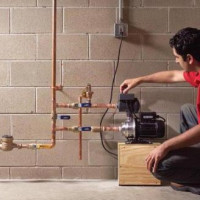 Stations for increasing water pressure: rating of popular models + tips for customers
Stations for increasing water pressure: rating of popular models + tips for customers 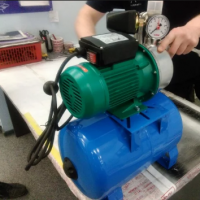 DIY pump station: wiring diagrams and installation rules
DIY pump station: wiring diagrams and installation rules 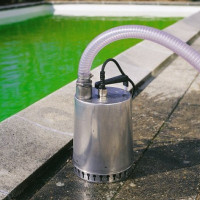 How to choose a pump for pumping dirty water: selection rules and an overview of the best models
How to choose a pump for pumping dirty water: selection rules and an overview of the best models 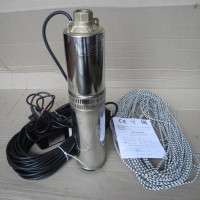 Overview of the water pump "Vometomet": device, types, decoding of markings and specifics of operation
Overview of the water pump "Vometomet": device, types, decoding of markings and specifics of operation 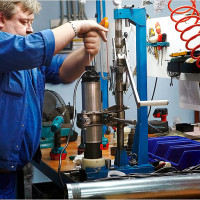 Repair the pump “Gnome”: an overview of popular breakdowns and how to fix them
Repair the pump “Gnome”: an overview of popular breakdowns and how to fix them  How much does it cost to connect gas to a private house: the price of organizing gas supply
How much does it cost to connect gas to a private house: the price of organizing gas supply  The best washing machines with dryer: model rating and customer tips
The best washing machines with dryer: model rating and customer tips  What is the color temperature of light and the nuances of choosing the temperature of the lamps to suit your needs
What is the color temperature of light and the nuances of choosing the temperature of the lamps to suit your needs  Replacement of a geyser in an apartment: replacement paperwork + basic norms and requirements
Replacement of a geyser in an apartment: replacement paperwork + basic norms and requirements
Hello! Please tell me which relay should be provided for controlling the drinking water pump?
There are many options. For example, you can control the pump using a flow switch. In each case, its own scheme is applied.
Hello!
Thank you for the article, quite informative material, but I would like to receive more detailed information on this topic. Can you advise a source where there is an opportunity to dig deeper in this direction?